WD Blue Evolved — now it’s a SSHD series
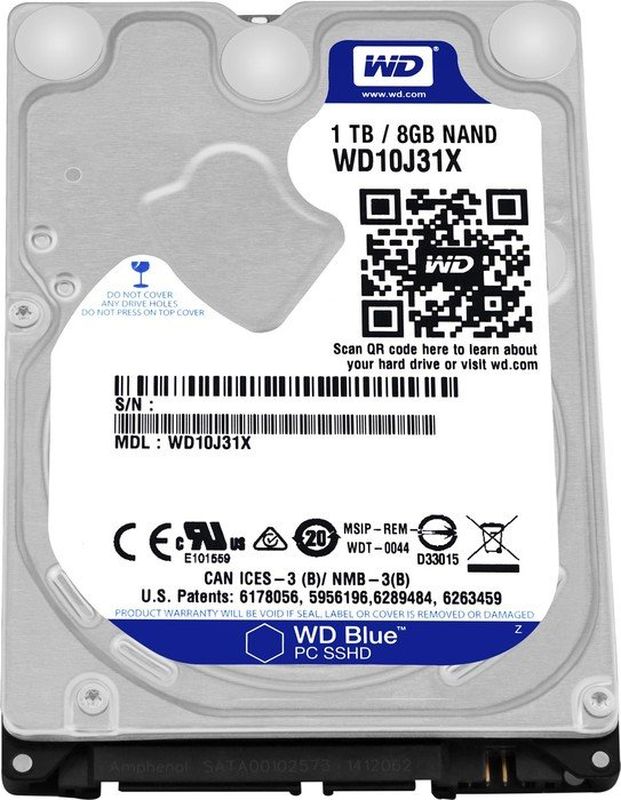
Hard disk drives (HDD) have faded from the news, with most of them focusing on terrifyingly fast solid state drives (SSDs) which are hailed as the successors of the aging method of storage. No matter what people say, HDDs have a very apparent advantage when compared against SSDs — price per GB of storage.
In a move to combine the speed of SSDs with the affordability of conventional HDDs, manufacturers have joined them in unholy matrimony to produce solid state hybrid drives (SSHD). Keeping the affordability while also improving on the speed of HDDs. And that’s what Western Digital has done to produce their new WD Blue SSHD series.

Western Digital will initially release two versions, a 3.5-inch 4TB version (WD40E31X) and a 2.5-inch 1TB version (WD10J31X). Both of them have 64MB cache and 8GB MLC NAND. In comparison, the old conventional HDD I have in my laptop (WD10SPCX) has only 16MB of cache.
The 4TB drive has a speed rating of 150MB/s while the 2.5-inch 1TB drive only performs up to 100MB/s. The NAND should however boost up the hot file access a lot and improve boot times as well as overall load times of frequently accessed data.
The two new WD Blue drives are expected to launch on July 2nd and come backed by a three-year limited warranty. As for the prices in Malaysia, we have no idea. We will update the post if we get wind of the pricing in Malaysia.
SOURCE: eTeknix
Pokdepinion: I think SSHDs do have an advantage compared to conventional HDDs, but the difference is just not big enough for me to swap my HDD out for one. But if I am getting a new storage drive, I will definitely look into SSHDs then, since I have nothing to lose but performance to gain. I personally prefer the concept of the older WD Black² which combines a 120GB SSD with a 1TB HDD in a single 2.5″ 9.5mm thick enclosure. However the price of it is quite inhibitory and keeps it out of my reach. I hope WD will make true hybrids like the WD Black² with more affordable pricing.












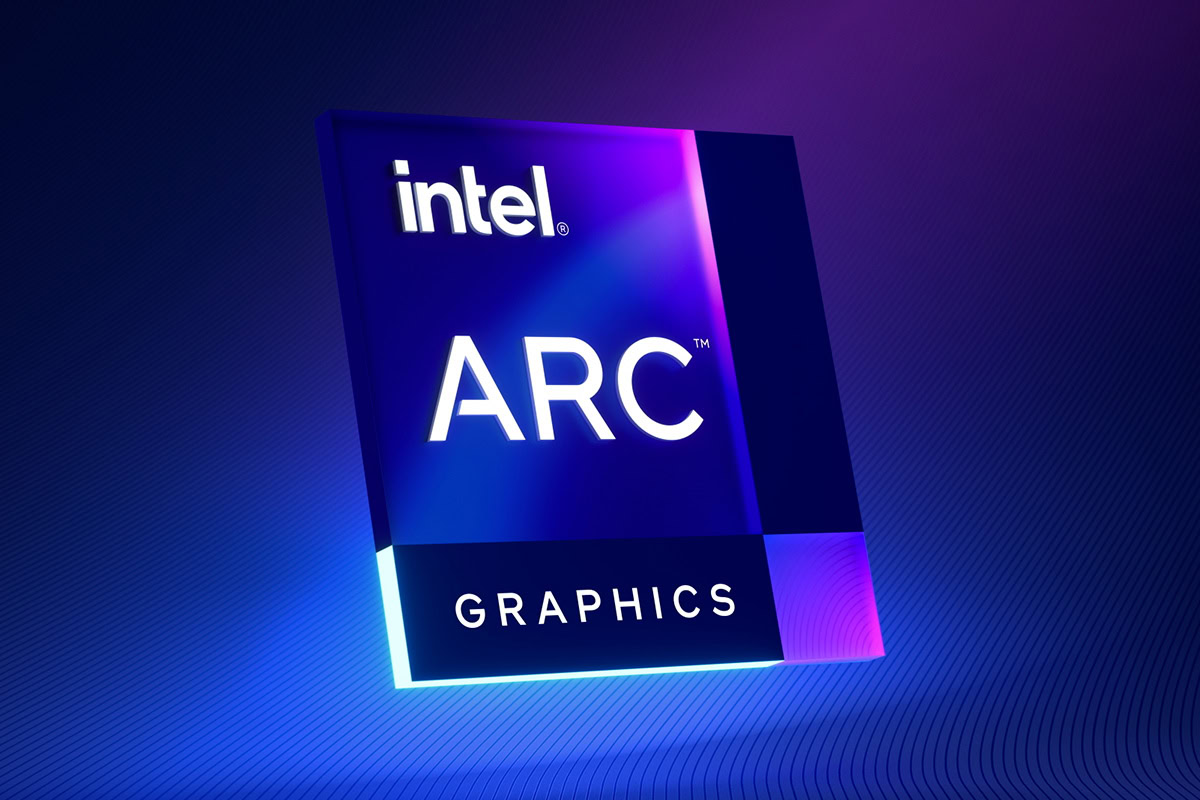

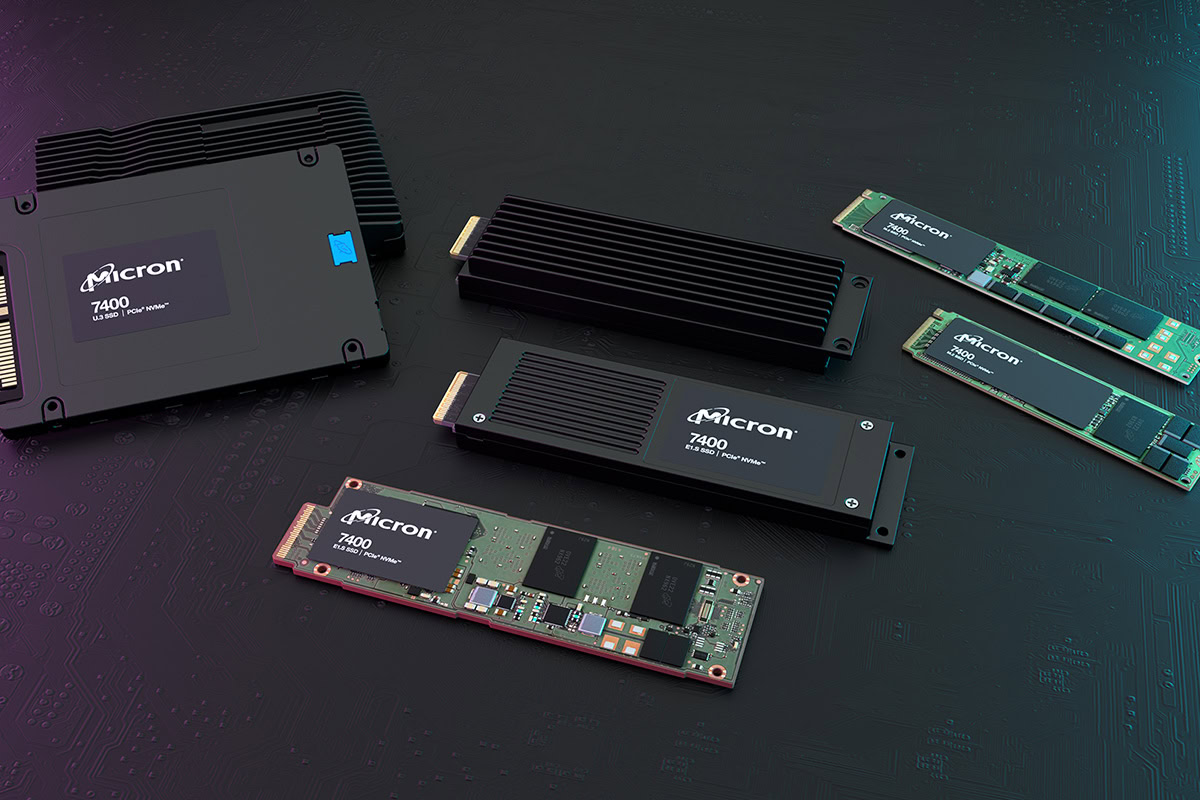
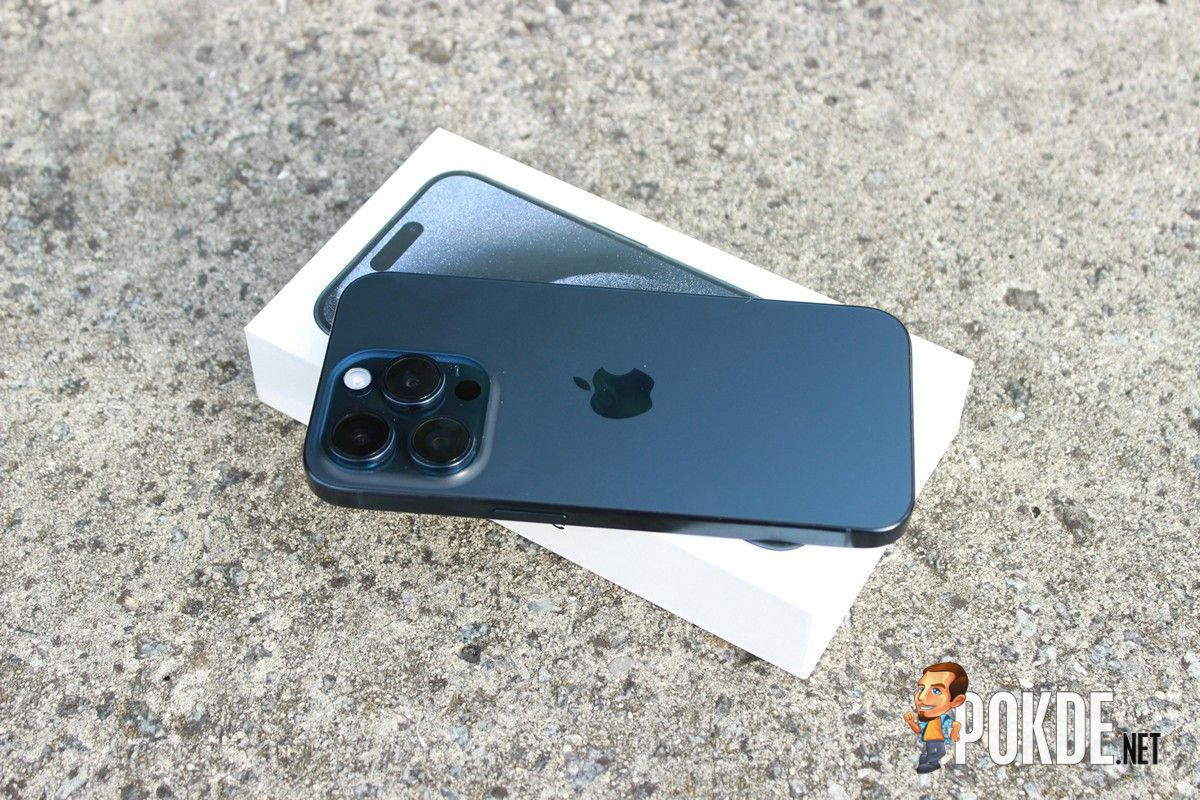
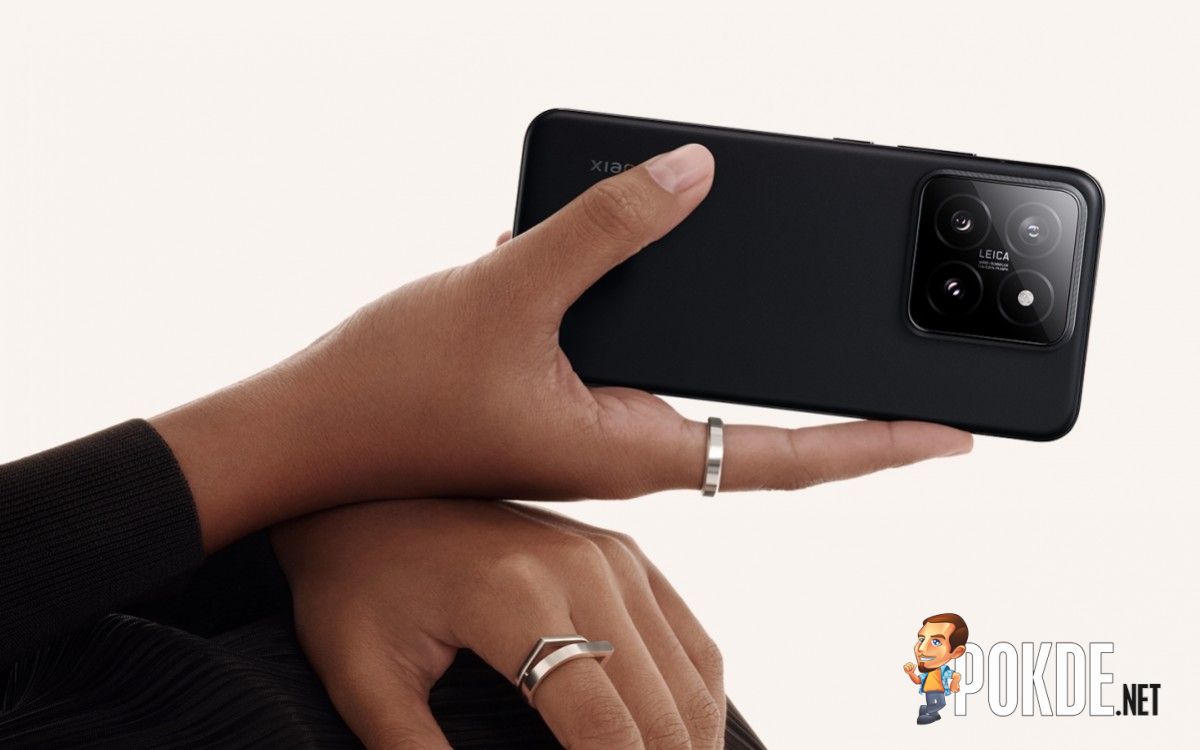
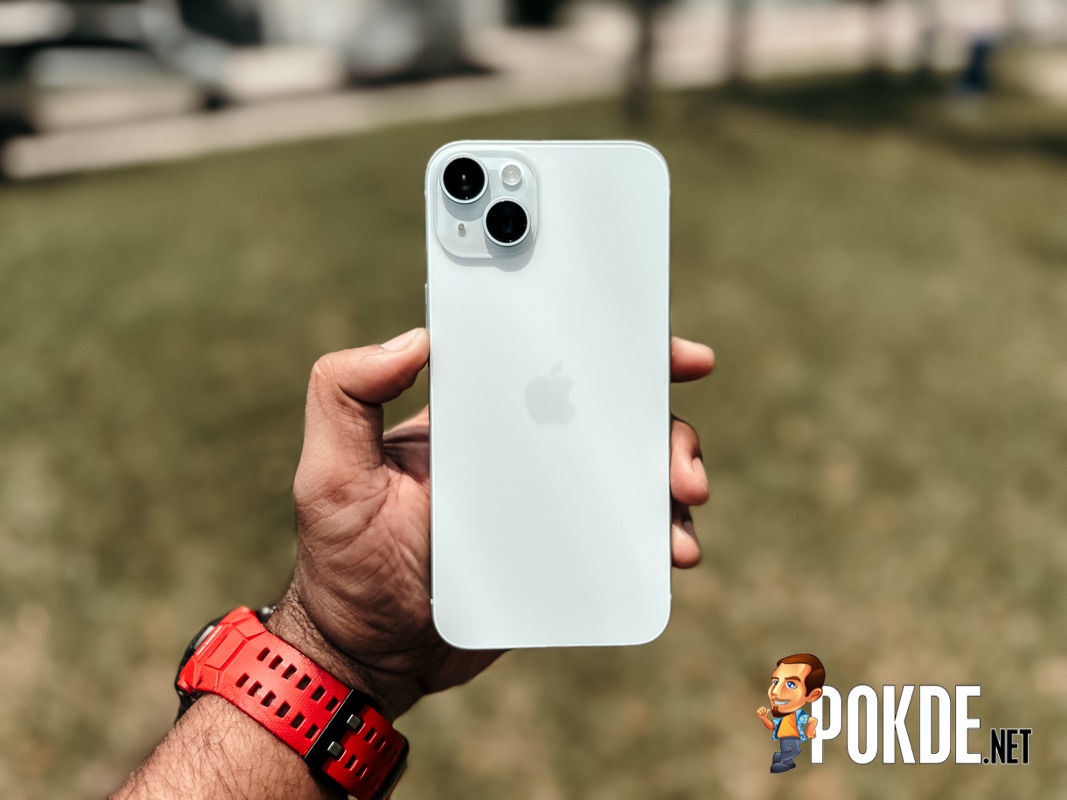
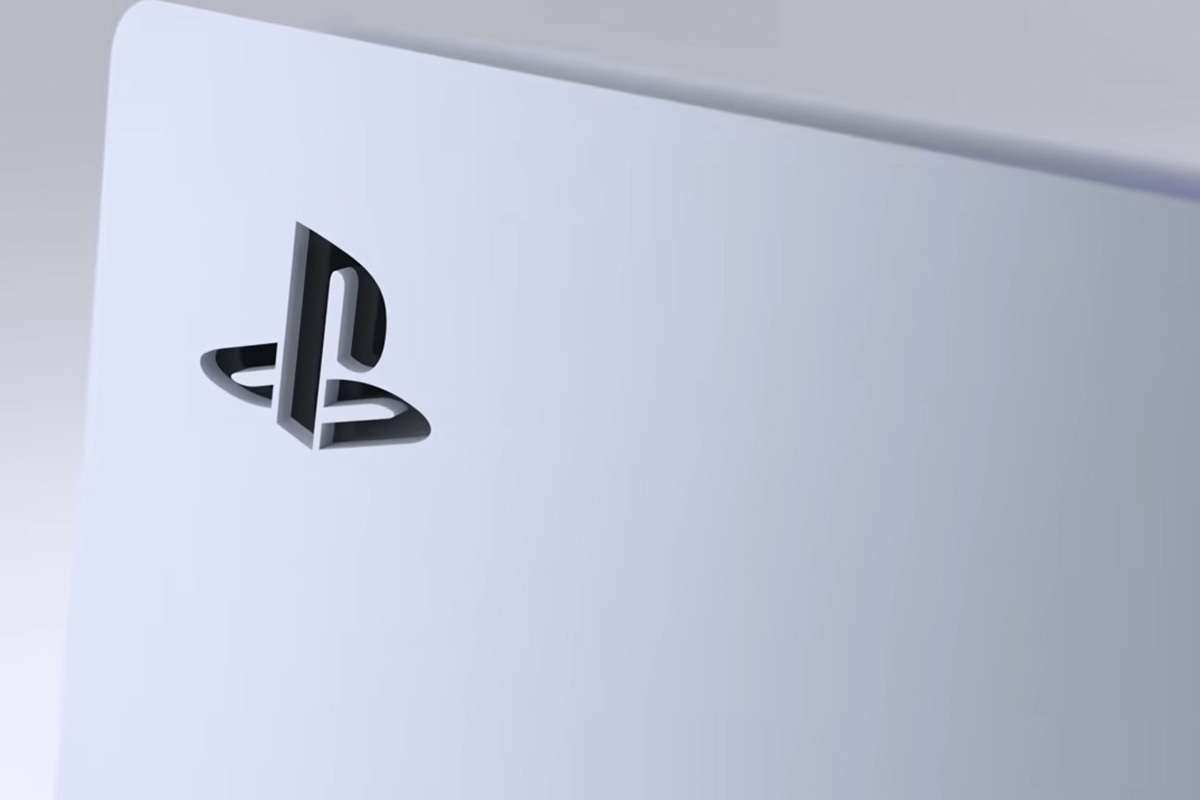


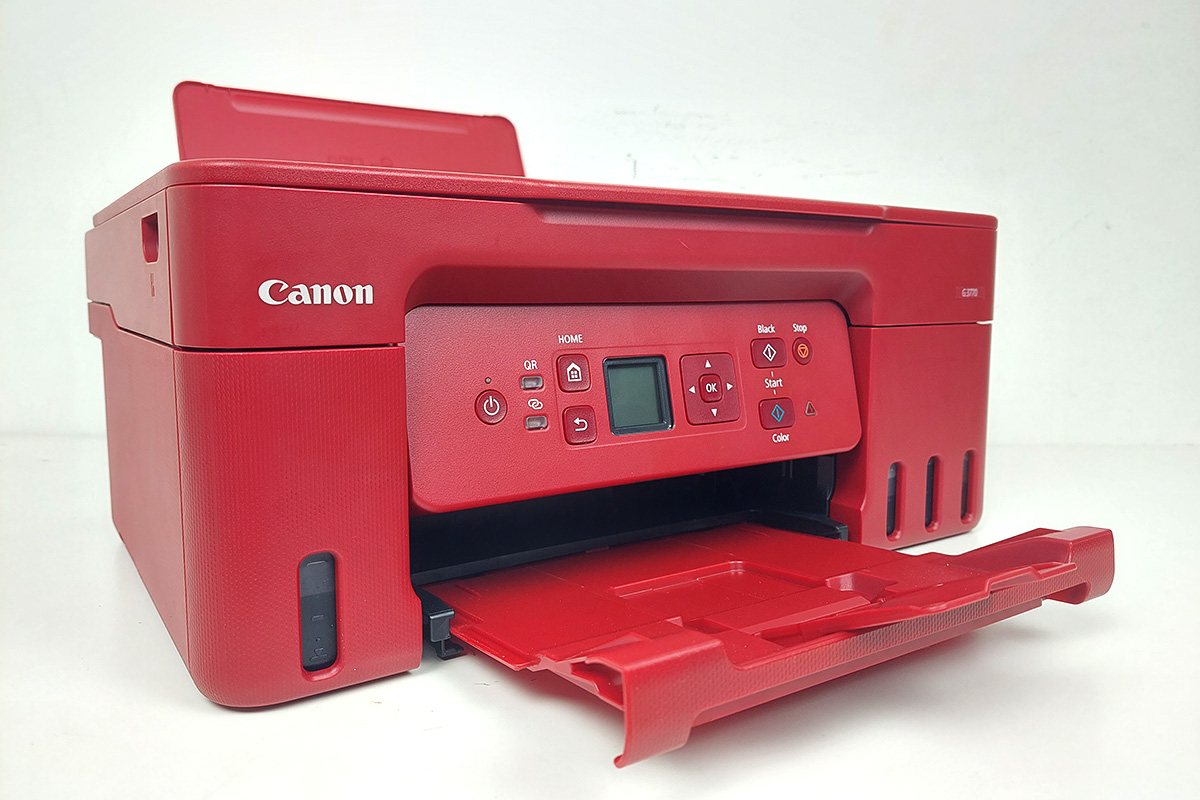
















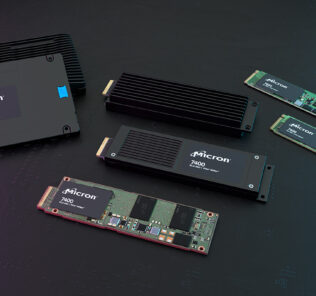
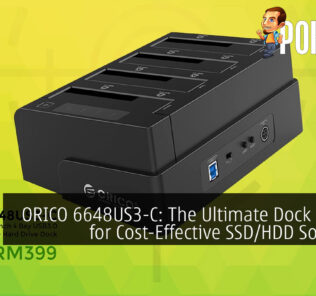
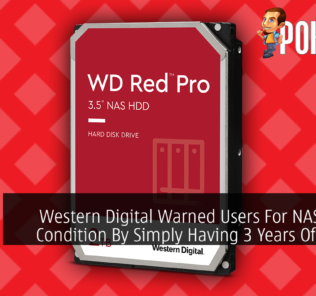
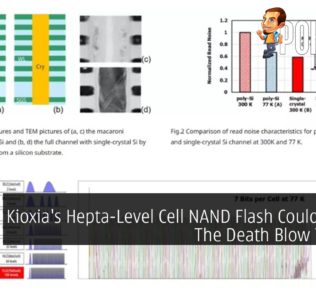
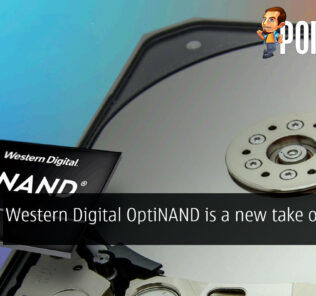
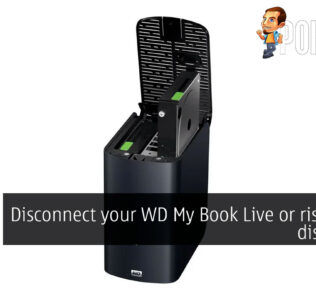

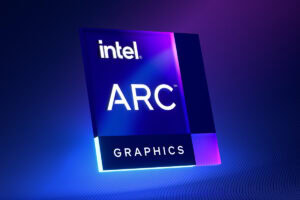
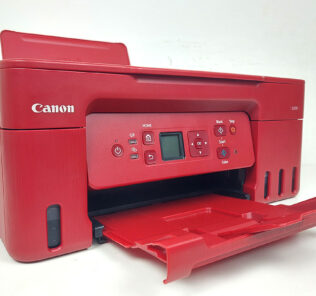



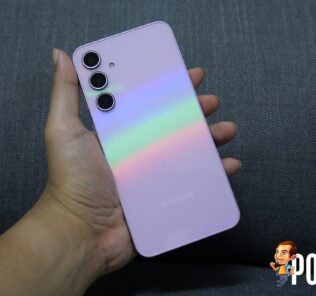

I guess I share the same sentiment with probably a lot of other PC users. SSHD is probably the best choice when you’re considering for a faster boot time, but you can’t afford SSD.
When it comes to using apps/games, I don’t see a big improvement unless you play DoTA2 all day long and nothing else. Correct me if I wrong, but AFAIK we can’t really control which data goes to the cached NAND (at least I can’t control the one I’m using), it’d just look for the most frequently accessed files and cache them for better R/W access. And yeah, I just use the term cache although cache by tech jargon is usually meant for temp storage (such as our L1 cache, L2 cache, disk cache etc etc), but if we look from how the NAND in used, one could say that it is technically a cache since cache is essentially a place to store stuffs that needs to be served a faster speed
Copied directly from their website, http://www.wdc.com/en/products/products.aspx?id=1580#Tab2:
Self-learning technology
Utilizing an advanced set of algorithms, WD Blue SSHDs track SSHD data usage, prioritizing frequently used data for fast access in the solid state portion of the device, adapting, learning and optimizing as new applications and command requests change over time.
Yep cannot be controlled here either.